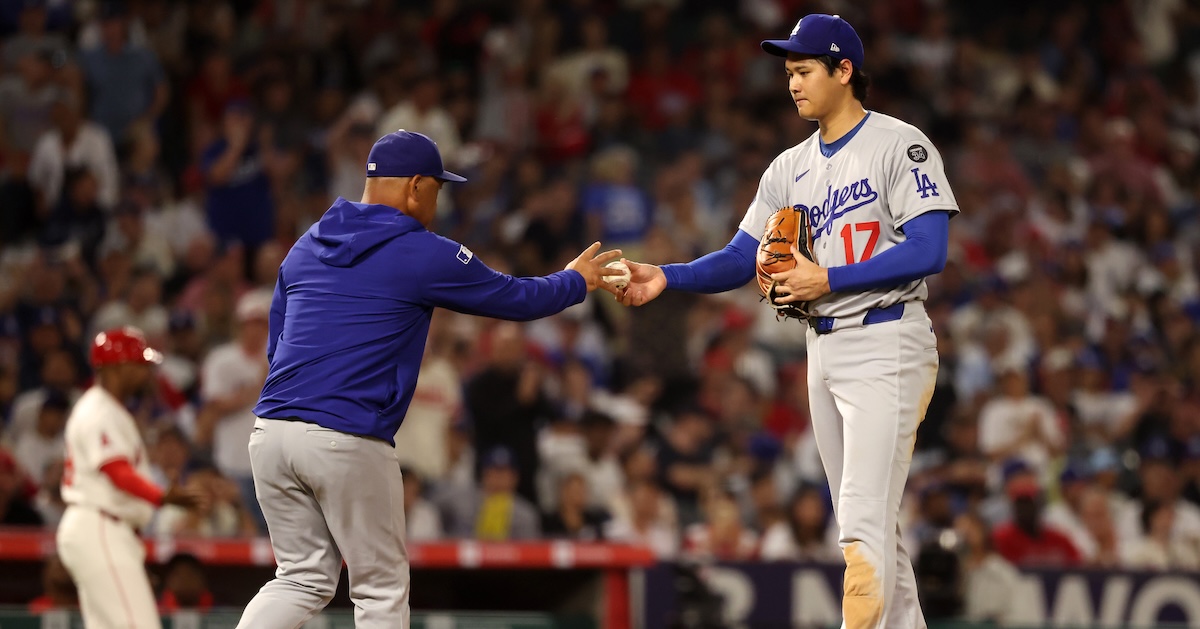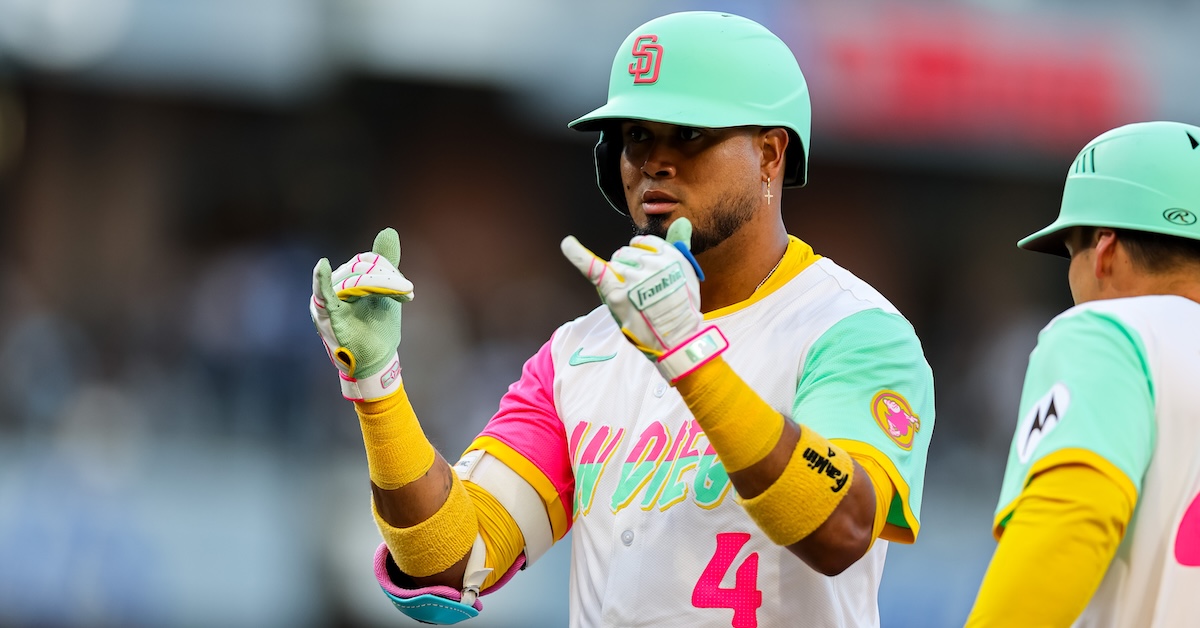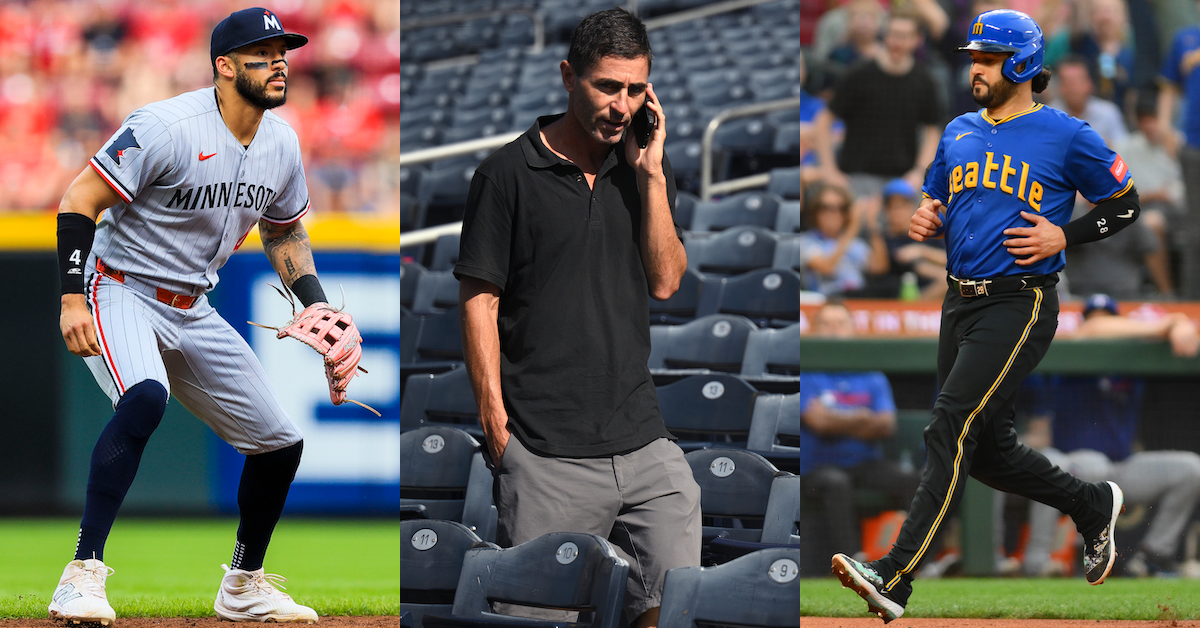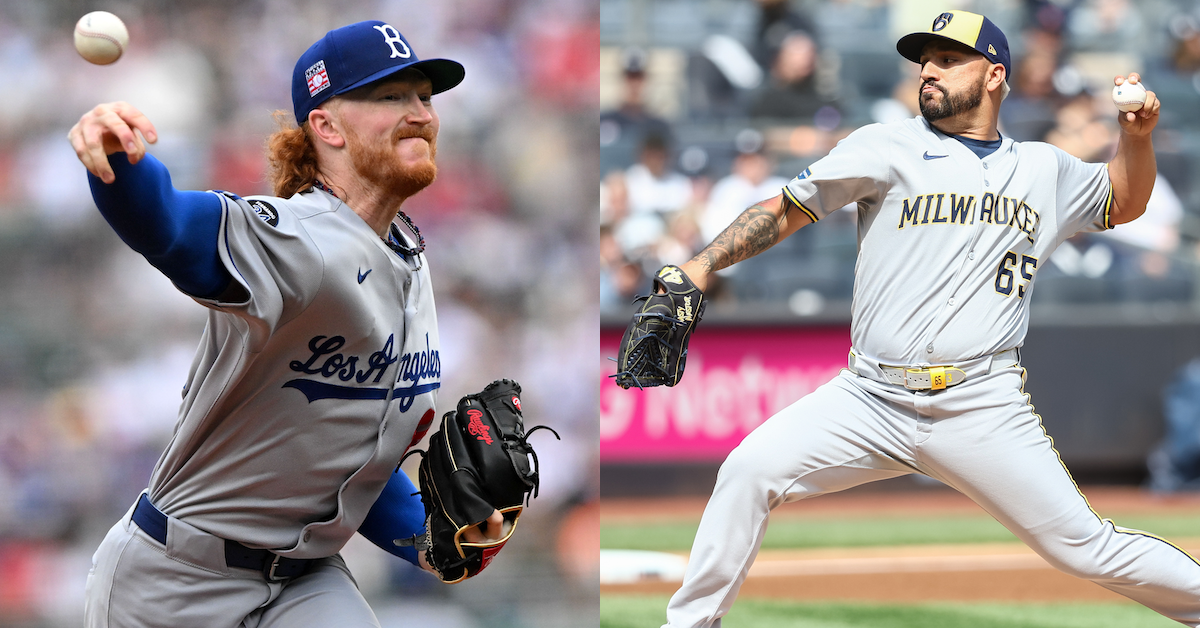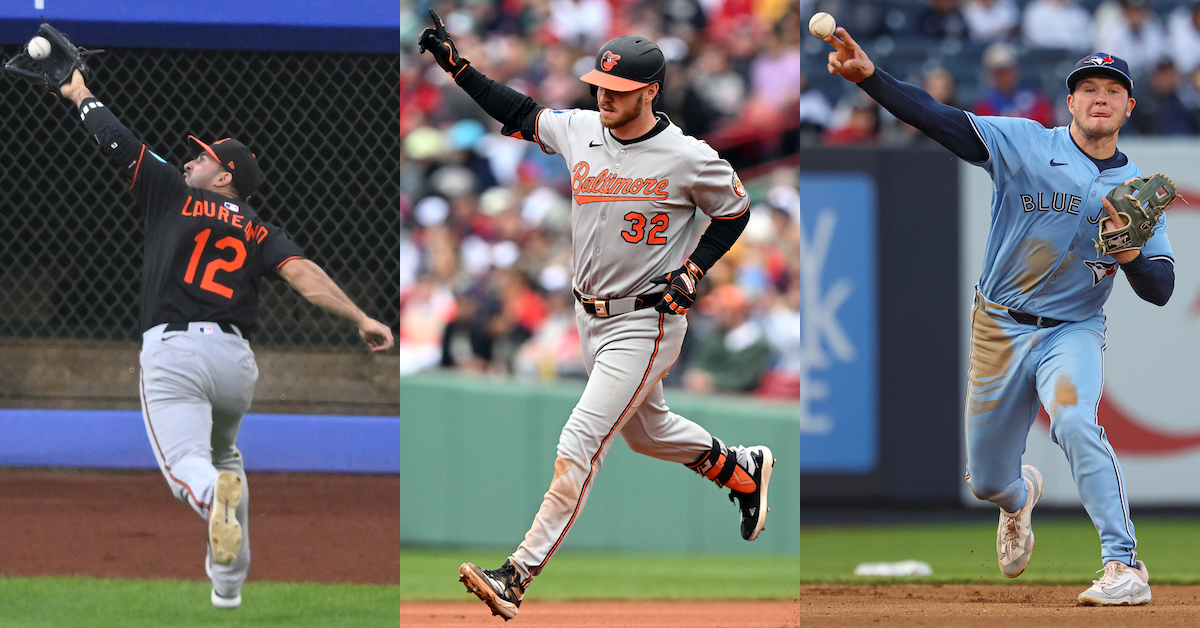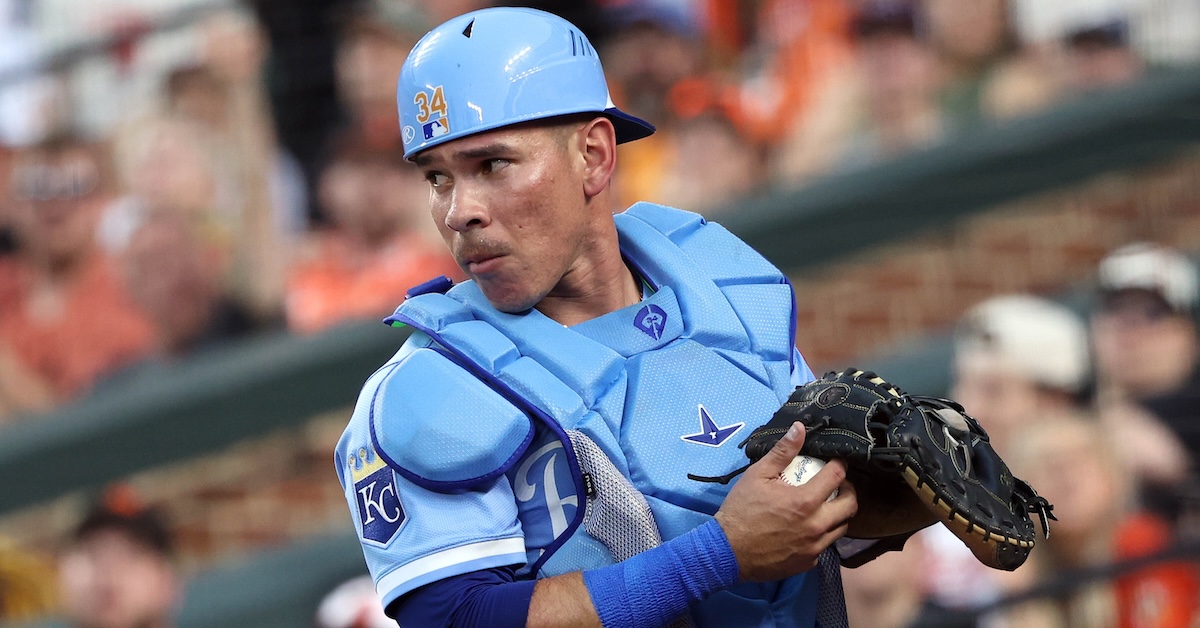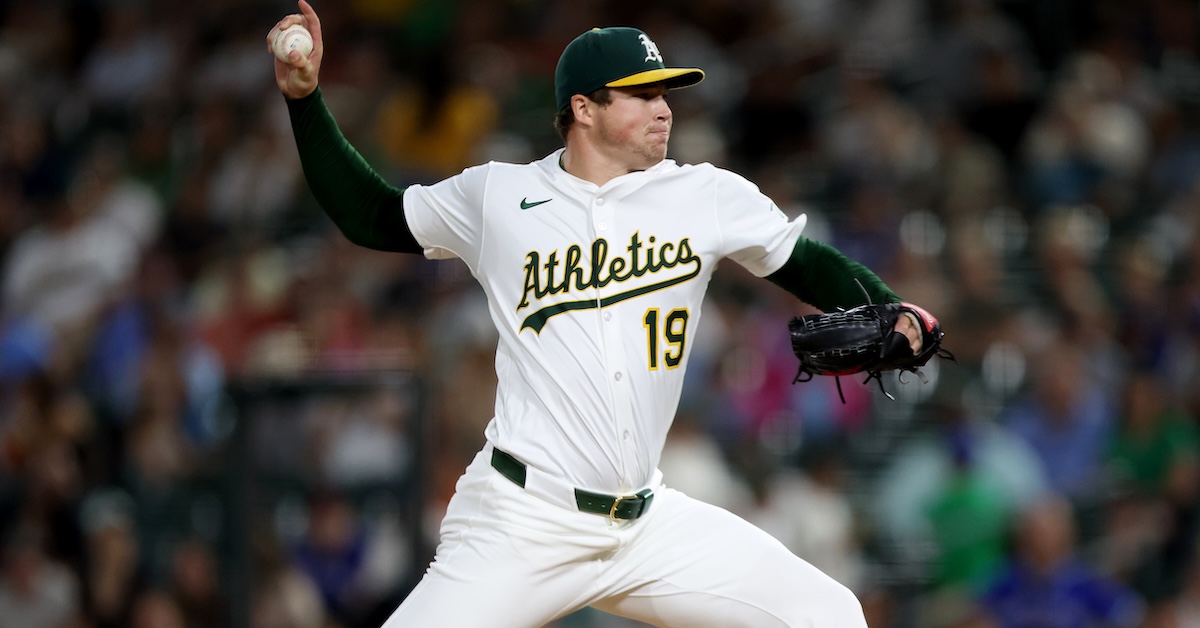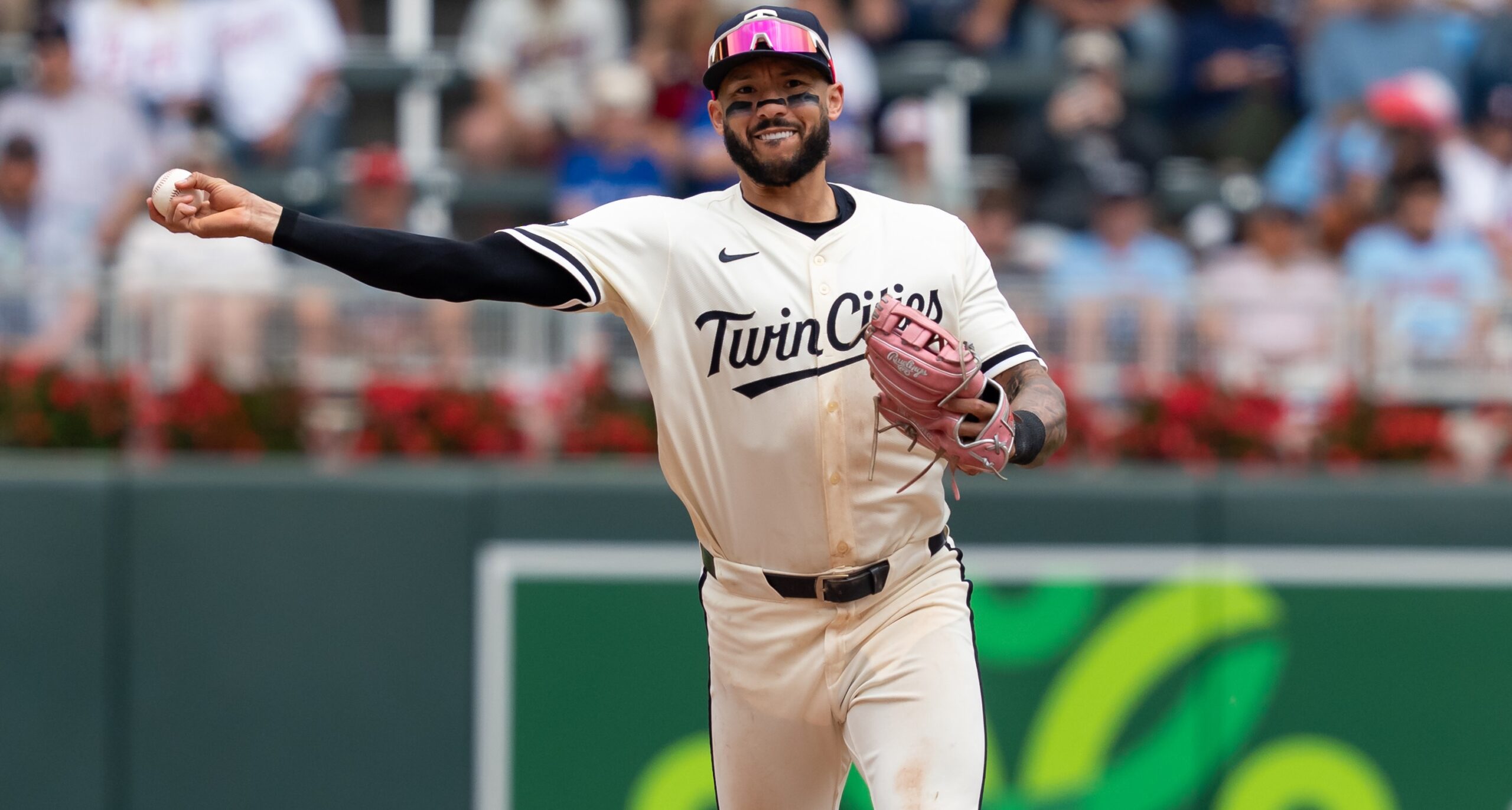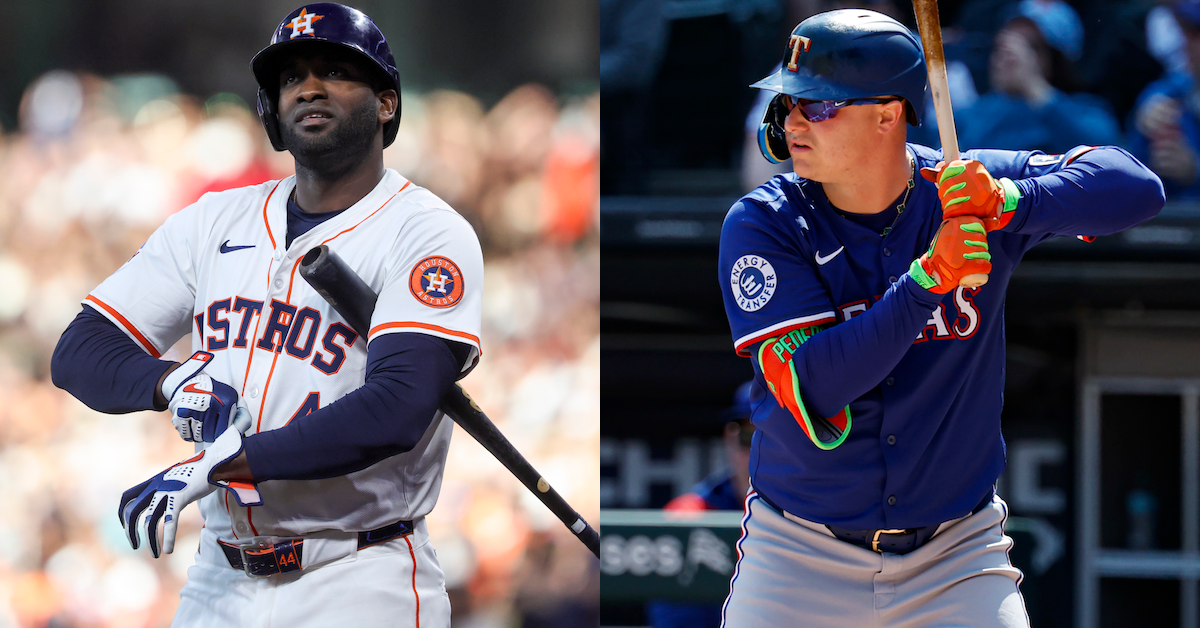NL West Arms Race: Can Pitching Prospects Contribute to the Dodgers and Padres?
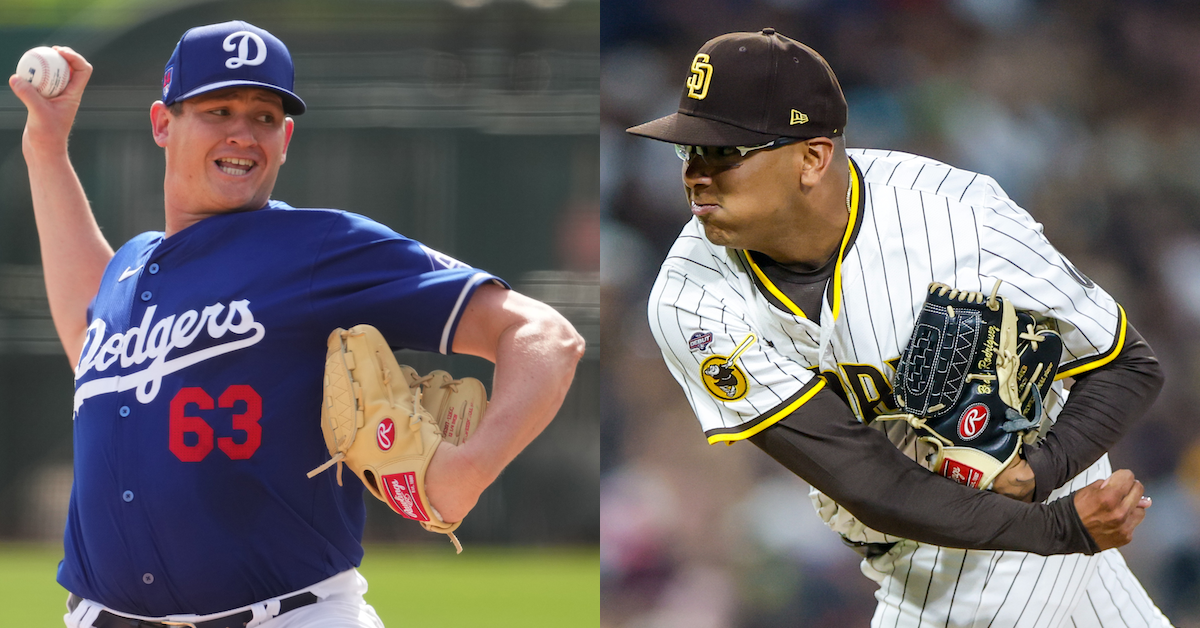
We’re in the phase of the minor league calendar where the domestic complex league seasons have ended, in order to accommodate the incoming draft classes, while the rest of the minor leagues continue with their regular seasons for a few more weeks. There are some recent draftees who have already been sent out to affiliates, but the majority have gotten going at their respective facilities during unofficial “Bridge League” or “Continuation Camp” activity with loose, flexible schedules and start times. There’s a big group chat in which scouts and development personnel (plus a handful of media folks, and probably a clandestine autograph hound or two) exchange lineups and pitching probables to keep everyone abreast of the goings on. Ceasing official play in Arizona and Florida allows teams to onboard their draft classes in an unofficial setting and avoids the traffic jam of minor roster spots, which would exceed the allowed amount if the draft classes were just assigned to affiliates right away.
This is also a fruitful place for rehabbers to see their first real game action since injury because teams can just “roll” innings whenever they feel like it. If you’re on a 25-pitch limit and you’ve hit your count without getting three outs, the inning will just turn over regardless of how many guys are on base. This setting is about development and is not an actual game, so it’s a safe place to shake off rust and work up a sweat. On Tuesday, when the Padres officially caught the Dodgers in the NL West race, I saw their Bridge League teams square off with two rehabbing members of their 40-man rosters getting an inning of work at the start of the game. In this piece, I’ll pass along how Kyle Hurt (Dodgers) and Bradgley Rodriguez (Padres) looked and examine whether either team has a postseason pitching weapon lurking in the minors. Read the rest of this entry »
